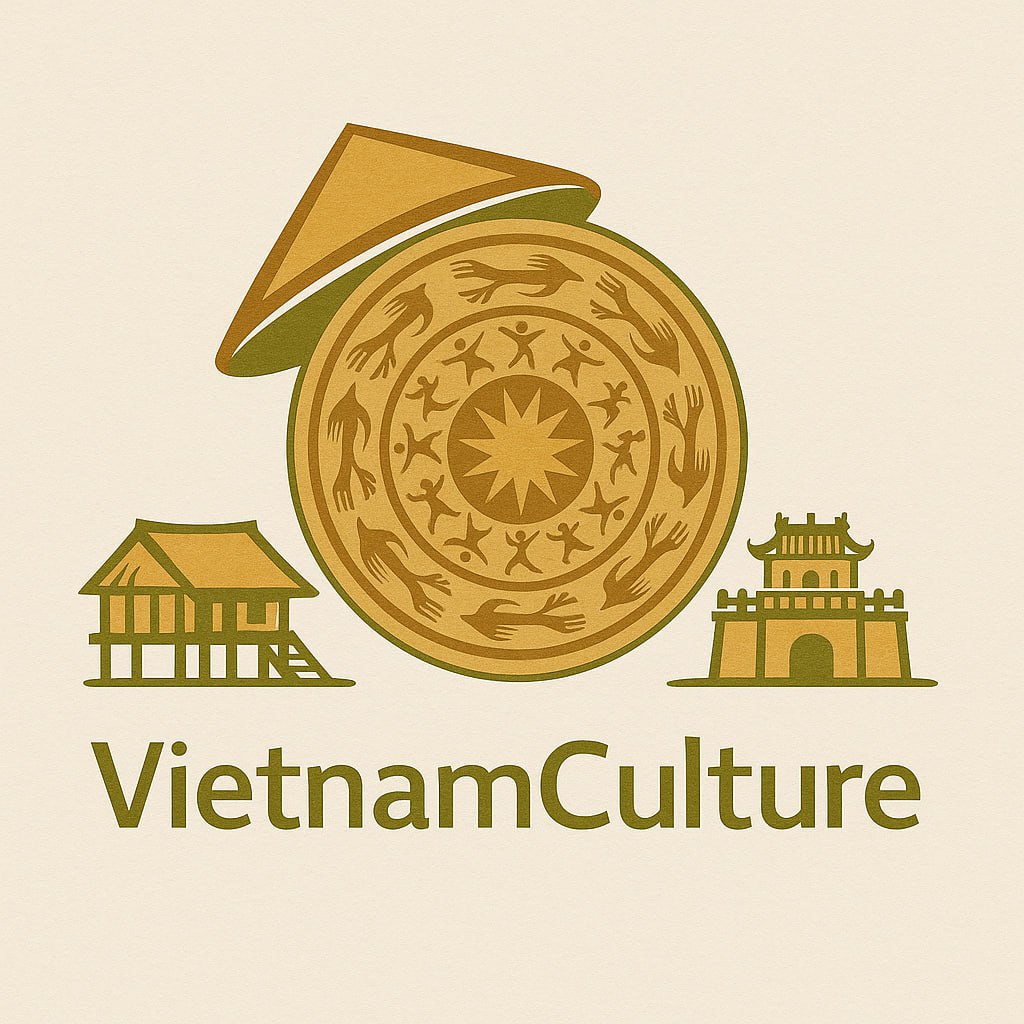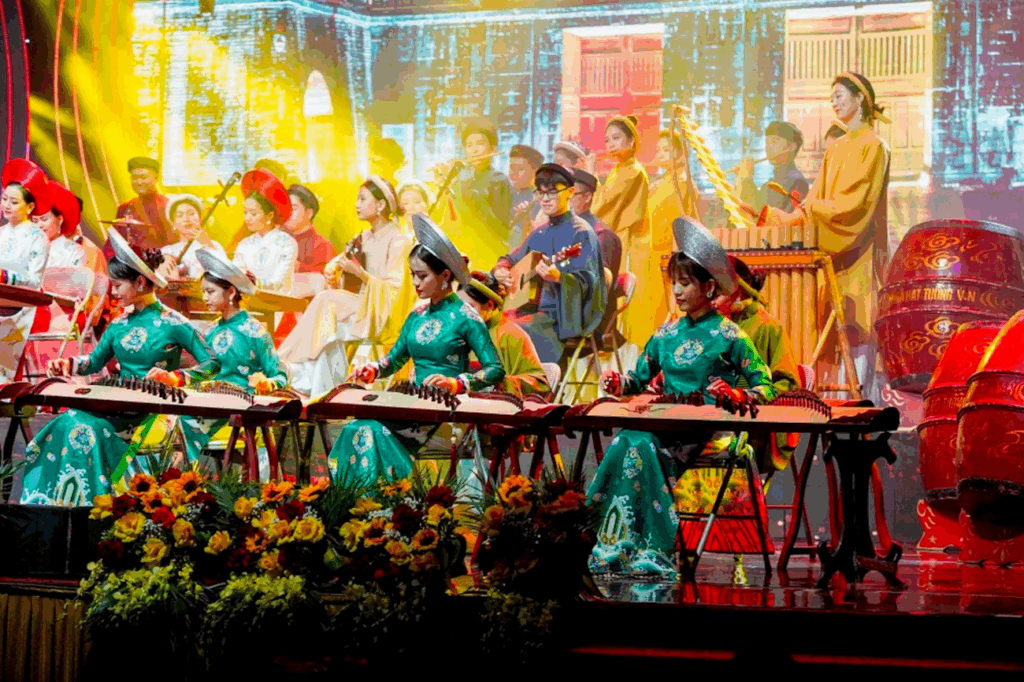Vietnamese culture is a deeply rooted, richly layered, and ever-evolving tapestry that reflects over 4,000 years of history, resistance, resilience, and renewal. It is a culture shaped by geography, war and peace, colonization and independence, spiritual traditions, and global influences. Across its diverse regions—north to south, rural to urban—Vietnam’s cultural identity stands strong, offering a harmonious blend of the traditional and the modern.
This comprehensive guide explores over 20 foundational and fascinating elements of Vietnamese culture that illustrate the spirit, values, and creativity of its people.

1. The historical foundations of Vietnamese Culture
Vietnam’s culture is inseparable from its long history. The formation of the first Vietnamese state, Văn Lang, dates back to 2879 BC under the Hung Kings. Over centuries, Chinese domination, French colonization, and the American war all left lasting impacts. However, Vietnamese culture has always adapted and reasserted its identity.
This historical resilience manifests in customs, literature, architecture, and social structures that continue to shape modern Vietnam.
2. Vietnamese Language and Scripts
The Vietnamese language (tiếng Việt) is tonal and monosyllabic, belonging to the Austroasiatic language family. It uses the Latin-based Quốc Ngữ script, developed in the 17th century by Jesuit missionaries. Prior to that, Vietnamese was written in Chữ Nôm, derived from Chinese characters.
Language is a powerful vessel for Vietnamese culture—used in poetry, proverbs, and folk songs to transmit history, ethics, and humor.
3. Family Structure and Social Values
Vietnamese society places enormous importance on the family. Multi-generational households are common, and family elders are revered. Children are taught from a young age to respect parents and grandparents, with values like filial piety (hiếu), modesty, hard work, and community responsibility forming the ethical backbone of society.
The traditional Confucian hierarchy remains influential, and even in modern settings, respect for authority and age is evident in both language and behavior.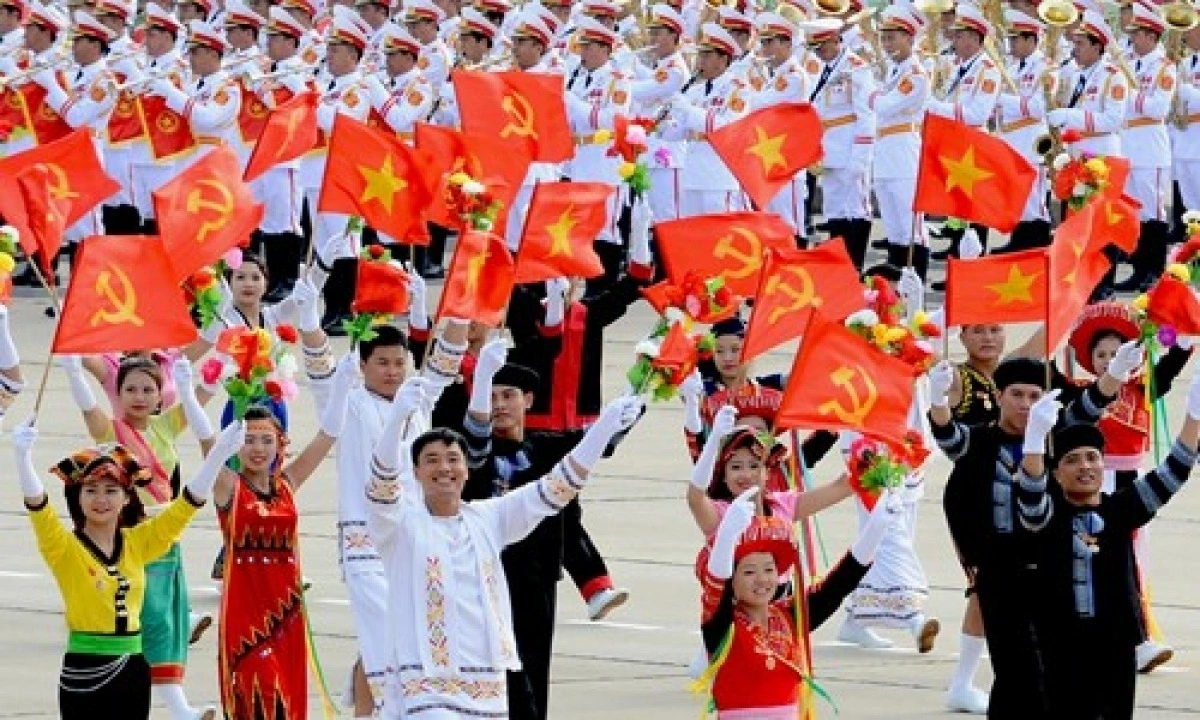
4. Culinary Traditions: A National Obsession
Vietnamese cuisine is fresh, flavorful, and balanced. Dishes vary by region—northern food is savory and subtle, central cuisine is spicy and rich, and southern food leans sweet and bold.
Iconic dishes that represent Vietnamese culture include:
- Phở: rice noodle soup with beef or chicken
- Bún chả: grilled pork with noodles
- Gỏi cuốn: fresh spring rolls
- Cơm tấm: broken rice with grilled pork
- Bánh xèo: savory crispy pancakes
Food is central to social life, and every dish tells a story.
5. Vietnamese Coffee Culture
Vietnam is the world’s second-largest coffee exporter. But what makes Vietnamese coffee culture unique is how it’s consumed: slowly, thoughtfully, using a drip filter (phin), and often with sweetened condensed milk.
Cafés are everywhere—from roadside stalls to hip modern venues—serving as communal spaces for reflection, conversation, and creativity.
6. Tet Holiday: The Cultural Pinnacle
Tết Nguyên Đán, the Vietnamese Lunar New Year, is the most important celebration. It’s a time of renewal, ancestor worship, family reunions, and symbolic rituals like house cleaning, cooking Bánh Chưng (square sticky rice cakes), and giving red envelopes.
Tet embodies Vietnamese cultural values: family, gratitude, hope, and connection to the spiritual world.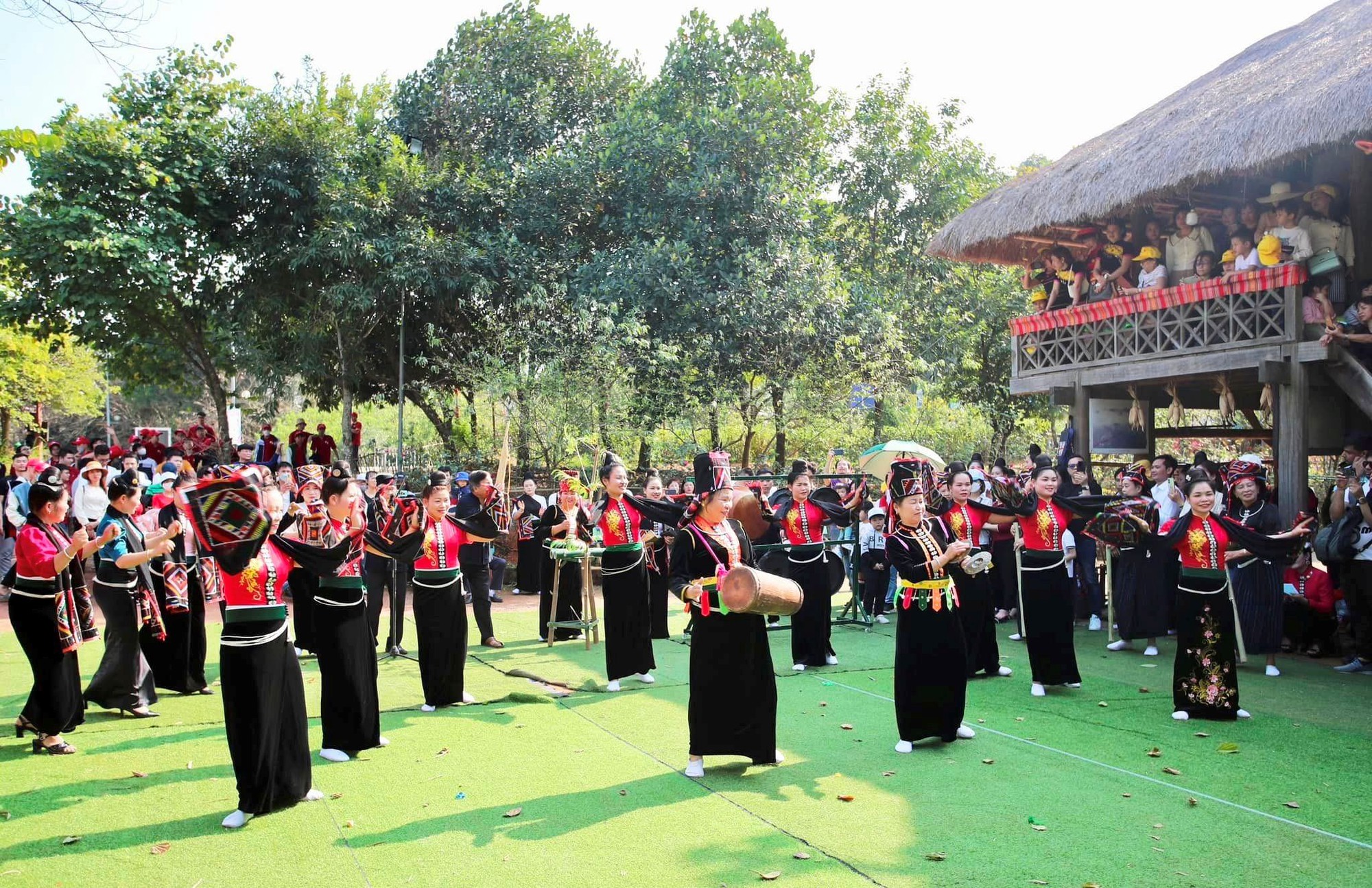
7. Traditional Clothing: Ao Dai and Beyond
The Áo dài, a long-sleeved dress worn over pants, is the national costume and a symbol of grace and elegance. Though mostly worn by women today, there are also male versions used in traditional ceremonies.
Other traditional garments include:
- Áo tứ thân: four-panel dress from the Red River Delta
- Khăn rằn: checkered scarf of the south
Clothing in Vietnamese culture reflects beauty, climate, and history.
8. Religion and Spiritual Life
Vietnam is religiously pluralistic. Ancestor worship is central and practiced in nearly every household. People pray at home altars, in temples, or pagodas, especially during festivals and family anniversaries.
Key religious influences include:
- Buddhism (especially Mahayana)
- Confucianism
- Taoism
- Indigenous animism and spirit worship
- Christianity and Islam (minority faiths)
Rituals, prayers, and offerings are deeply woven into daily life and community rhythms.
9. Architecture: Tradition and Modernity
Vietnamese architecture is a reflection of environmental adaptation and spiritual beliefs. Notable forms include:
- Communal houses (đình) used for village meetings
- Stilt houses (nhà sàn) in ethnic minority regions
- Tube houses (nhà ống) in cities
- Temples and pagodas with curved roofs and intricate carvings
Colonial French architecture and modern high-rises now coexist with traditional forms.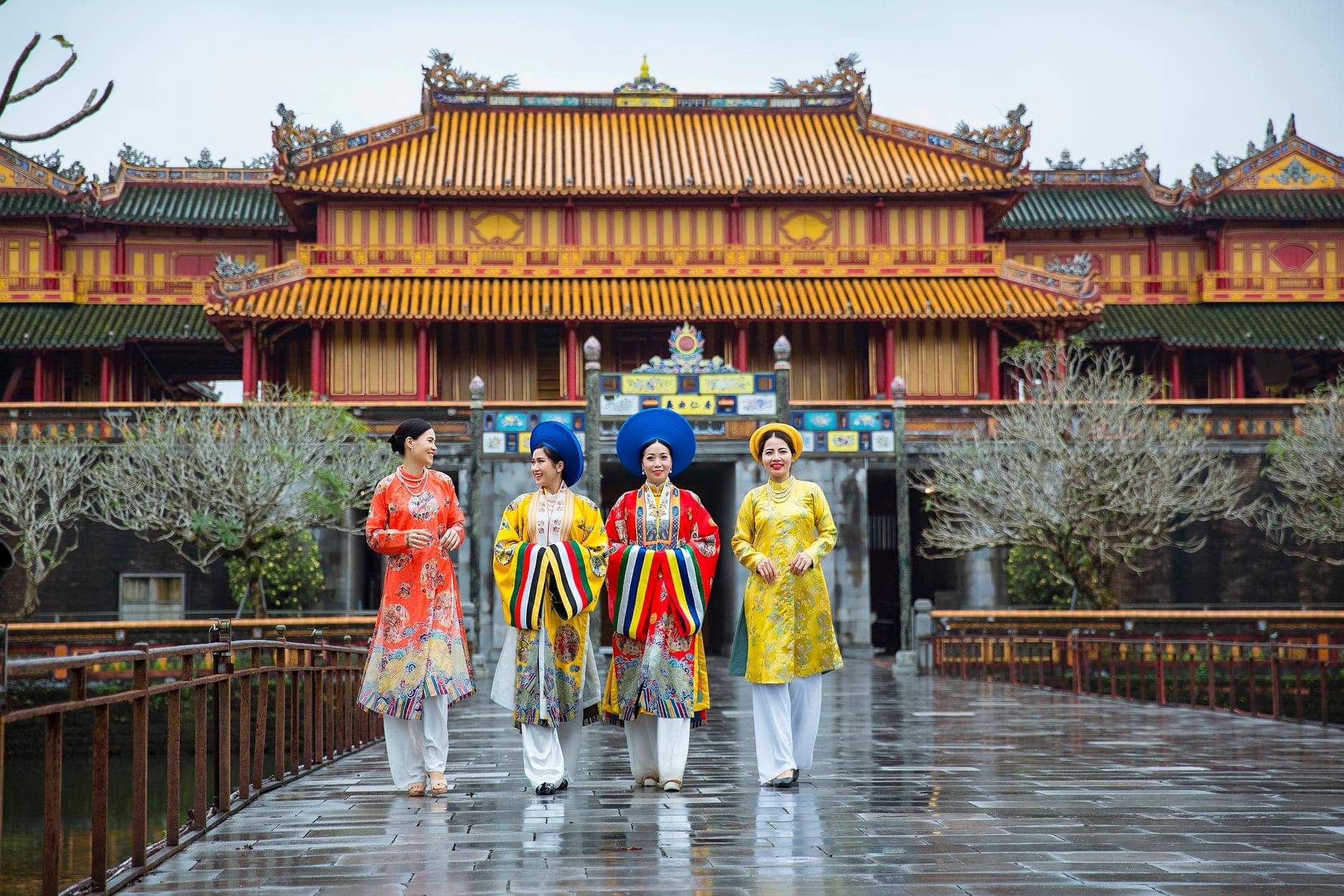
10. Performing Arts and Music
Vietnamese traditional music uses pentatonic scales and instruments like the đàn bầu (monochord zither) and sáo trúc (bamboo flute). Common musical genres include:
- Ca trù: ceremonial chamber music
- Quan họ: northern love duets
- Chèo and Cải lương: traditional theater
Water puppetry is a beloved cultural performance using wooden puppets on water stages—originating in rice farming villages.
11. Literature and Proverbs
Vietnamese literature includes epic poems like Truyện Kiều by Nguyễn Du, tales of folk heroes like Thánh Gióng, and a rich trove of ca dao (oral poetry).
Proverbs and idioms are daily tools for communication, encapsulating life lessons, humor, and collective wisdom.
12. Arts and Handicrafts
Traditional crafts reflect community identity and spiritual belief:
- Lacquer painting
- Silk weaving (notably in Hà Đông)
- Ceramics from Bát Tràng Village
- Lantern-making in Hội An
- Dong Ho folk painting
These crafts are passed down through generations and increasingly appreciated as part of Vietnam’s cultural economy.

13. Education and Learning
Confucianism deeply influences Vietnamese respect for education. Teachers are honored, and academic success is widely celebrated. Traditional village schools coexisted with Confucian academies for centuries.
Today, Vietnam’s education system is evolving quickly, but the cultural reverence for learning remains unchanged.
14. Festivals and Folk Celebrations
Vietnam is home to hundreds of festivals:
- Mid-Autumn Festival (Tết Trung Thu): celebrating children and the harvest
- Hùng Kings Temple Festival: honoring the nation’s mythical founders
- Perfume Pagoda Festival: a major Buddhist pilgrimage
- Gióng Festival: celebrating a national hero and warrior spirit
Festivals are times for food, music, games, and cultural storytelling.
15. Rural Traditions and Village Life
Though Vietnam is modernizing rapidly, village culture remains vital. Communal rice farming, ancestral worship, and the làng (village) spirit reflect self-governance and solidarity. The village gate (cổng làng) symbolizes the boundary between sacred home and worldly life.
16. Vietnamese Culture Abroad
With a large diaspora in the U.S., France, Australia, and Canada, Vietnamese culture has traveled globally. Pho restaurants, Tet festivals, and Vietnamese language schools help maintain traditions abroad. The concept of “Viet Kieu” (overseas Vietnamese) often involves bridging cultural roots and new identities.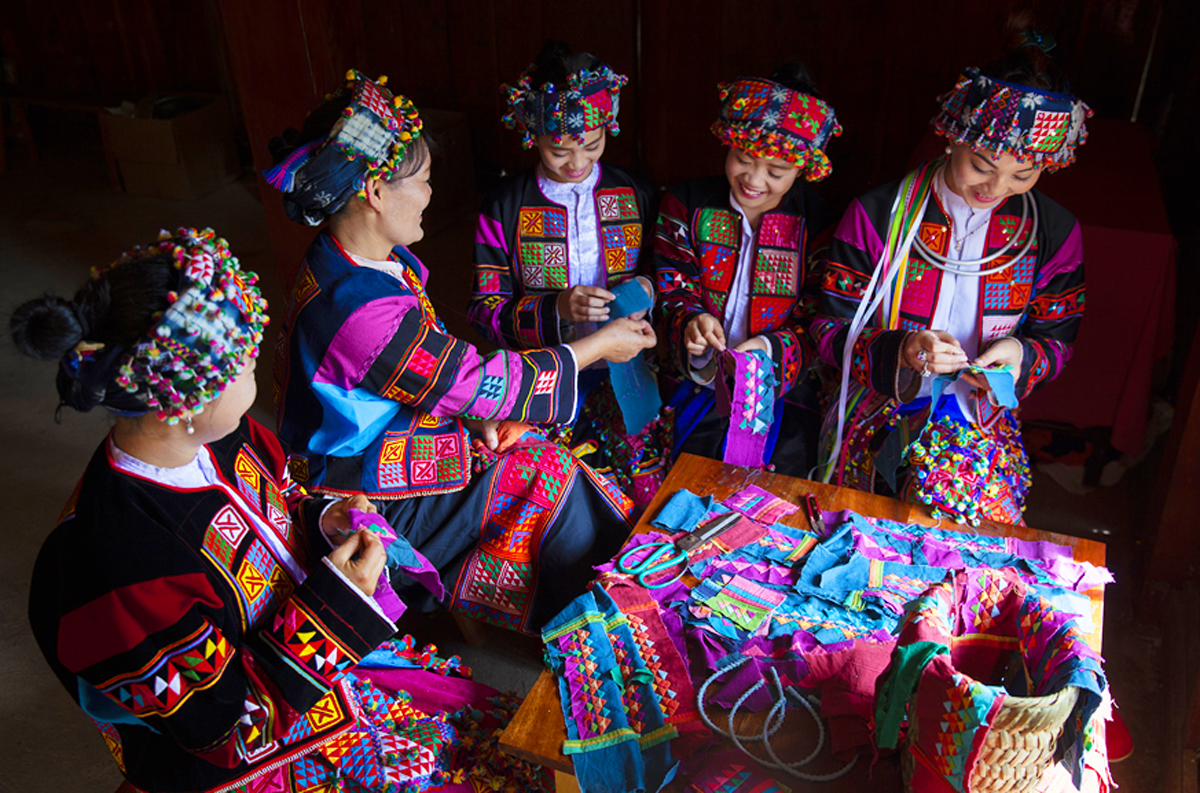
17. Contemporary Vietnamese Culture
Today, Vietnam’s youth are shaping a vibrant cultural future. Hip-hop, K-pop influence, social media content, indie cinema, and modern art exhibitions showcase a generation that is both proud of tradition and fearless in experimentation.
The creative industry, from fashion to film, is booming—telling stories from a uniquely Vietnamese point of view.
18. Tourism and Cultural Heritage Preservation
Vietnam’s booming tourism sector is increasingly focused on cultural tourism. UNESCO World Heritage Sites such as:
- Ha Long Bay
- My Son Sanctuary
- Hoi An Ancient Town
- Hue Imperial City
…offer immersive experiences into Vietnamese history, religion, and aesthetics.
Government and community efforts to protect intangible heritage—like music, language, and crafts—are growing stronger.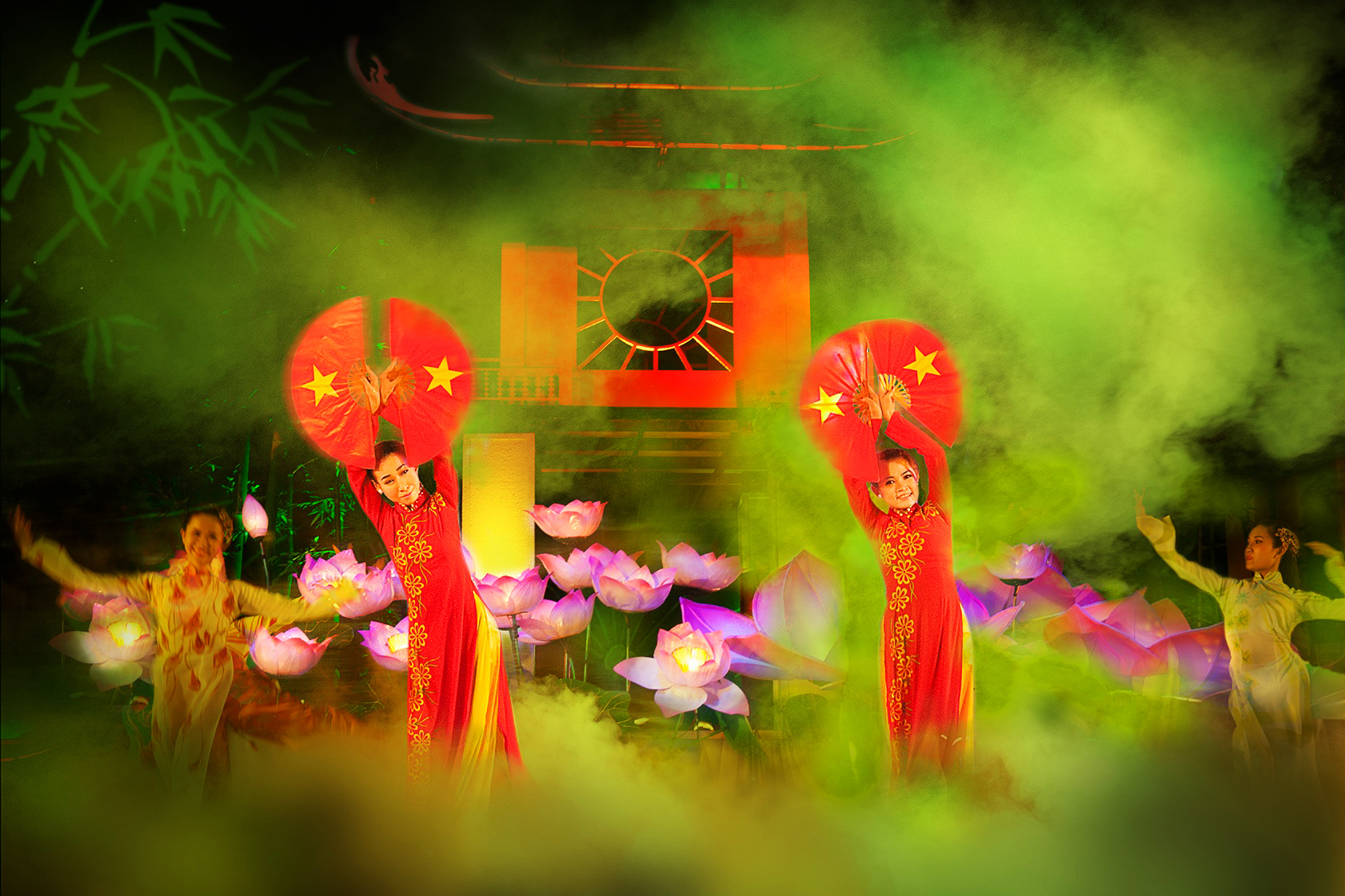
The Eternal Flame of Vietnamese Culture
Vietnamese culture is not just a collection of customs—it’s a way of life. It shapes how people eat, speak, dress, celebrate, mourn, worship, learn, and dream. With its emphasis on family, resilience, balance with nature, and reverence for the past, Vietnamese culture offers the world a model of both preservation and adaptation.
In a time of globalization, Vietnam has become a cultural ambassador—sharing its food, fashion, language, and stories with the world. Whether through a bowl of phở, the soft folds of an áo dài, or the glow of lanterns in Hội An, Vietnamese culture continues to shine—ancient in its roots, modern in its reach, and timeless in its appeal. Contact with Vietnam Culture!
See more post: Vietnam traditions: Exploring the rich cultural heritage of a timeless nation
